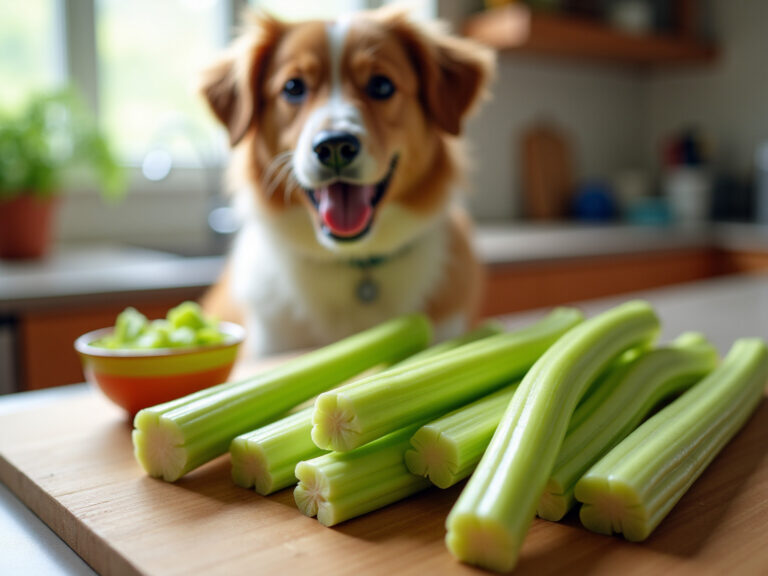Understanding Cartoon Cats: Characteristics and Cultural Impact
Overview
Cartoon cats, with their exaggerated features and vibrant personalities, capture the hearts of audiences everywhere. These animated felines not only bring laughter but also evoke a range of emotions, making them relatable companions in our lives. Their cultural significance is profound; they embody cherished traits such as independence and curiosity, resonating deeply with our affection for our furry family members.
As we reflect on their evolution from early icons like Felix the Cat to the beloved characters we know today, we see how these charming figures have left an indelible mark on popular culture. Their journey showcases a lasting influence that continues to inspire joy and connection among pet owners and enthusiasts alike. Embrace the warmth and nostalgia these cartoon cats bring, and allow yourself to cherish the emotional bonds they represent in our nurturing environments.
Introduction
From the playful antics of Felix the Cat to the beloved charm of Garfield, cartoon cats have become cherished companions in our lives, captivating audiences across generations. These animated felines, with their delightful quirks and varied personalities, not only entertain us but also embody traits that resonate deeply—curiosity, independence, and a hint of cleverness. As they navigate the evolving landscape of modern media, the journey of cartoon cats mirrors our own societal changes and technological advancements, showcasing their lasting appeal. This exploration invites you to discover the characteristics, historical significance, and cultural impact of these beloved characters, revealing how they continue to shape our perceptions of cats and influence the animation industry today. Join us in celebrating these furry friends who have touched our hearts and enriched our lives.
Defining Cartoon Cats: Characteristics and Cultural Significance
Cartoon cats are animated felines that display a variety of personalities, traits, and visual styles, captivating our hearts. Typically characterized by exaggerated features—such as large eyes, oversized heads, and expressive faces—cartoon cats amplify their comedic and emotional appeal. They embody a spectrum of behaviors, from mischievous and playful to wise and nurturing, effectively reflecting the complex nature of our beloved furry family members.
The cultural importance of cartoon cats extends beyond simple amusement; they represent independence, curiosity, and occasionally, cunning. The portrayal of cartoon cats in various media resonates with societal attitudes towards felines, making them relatable and cherished figures in popular culture. For instance, the popularity of cartoon cats like Mr. Kitters, who boasts over 1 million followers on Instagram, underscores the deep connection audiences have with these animated felines. Additionally, research by Jessica Gall Myrick indicates that people are more than twice as likely to post a picture or video of a cat to the Internet than they are to post a selfie, highlighting the cultural impact of cat-related content.
Recent developments in content creation, particularly through generative AI, have further enriched the landscape of cat-related media. Tools like CatGPT are revolutionizing how cat content is produced, enhancing engagement and creativity in storytelling. This evolution signifies a new era for cartoon cats, enabling them to maintain their relevance and appeal in an ever-changing cultural context. Furthermore, the distinctive method of ‘News by Cats,’ which incorporated feline-themed expressions into news articles, illustrates how animated felines have impacted media and culture.
Moreover, the influence of cartoon cats on popular culture is evident in several case studies that emphasize their traits and importance. As these figures continue to develop, they remain an essential aspect of the animated realm, reflecting and influencing societal views of felines in a playful yet significant manner. This link to the experiences of families with pets highlights the lasting appeal and significance of animated felines in our lives.
Historical Evolution of Cartoon Cats: From Early Animation to Modern Icons
The history of cartoon cats is a charming journey that traces back to the early 20th century, where figures like Felix the Cat emerged as pioneers in the field. Created in 1919, Felix quickly became a beloved cultural icon, known for his playful antics and adventurous spirit. His legacy continues to shine brightly, recently celebrated with the declaration of November 9 as ‘Felix the Cat Day.’ This recognition not only highlights his enduring relevance in popular culture but also sparks a renewed interest in merchandise sales, reminding us of the joy he brings to many.
As animation technology advanced, so did the complexity of cartoon cats. The late 1920s introduced sound, bringing to life characters like Tom from ‘Tom and Jerry,’ who captivated audiences with their delightful blend of slapstick humor and clever storytelling. Over the decades, cartoon cats have evolved, reflecting societal changes and technological progress. Today, cartoon cats such as Garfield and Puss in Boots continue to resonate with audiences worldwide. It’s heartwarming to note that parts of the 1990s Felix series have also been released on DVD, showcasing the ongoing admiration for this cherished character.
The evolution of cartoon cats, from Felix to today’s beloved figures, illustrates a rich history that not only entertains but also influences modern visual storytelling. As Aldous Huxley wisely noted, ‘[w]hat the cinema can do better than literature or the spoken drama is to be fantastic.’ This perspective emphasizes the unique capabilities of animated content, especially in bringing whimsical characters like cartoon cats to life. The legacy of early animated felines is not just a part of history; it is a testament to their lasting impact on narrative techniques and character development, shaping the landscape of animated entertainment that we cherish today.
Iconic Cartoon Cats: Celebrated Characters and Their Influence
Iconic cartoon cats, such as Garfield, Tom, and Sylvester, have truly touched our hearts and shaped the landscape of popular culture. Garfield, with his charming laziness and love for lasagna, has become a beloved symbol of humor and sarcasm, connecting with both children and adults alike. As Jim Davis, the creator of Garfield, insightfully remarked, “His witty commentary resonates with audiences, making him relatable and enduringly popular.” This light-hearted take on laziness and consumerism continues to resonate in today’s media, further solidifying Garfield’s cherished status as a cultural icon.
Tom, from ‘Tom and Jerry,’ embodies the classic cat-and-mouse chase, illustrating the timeless themes of rivalry and mischief that many of us can relate to. Sylvester, with his memorable catchphrase ‘Sufferin’ succotash!’, humorously depicts the struggles of a cat trying to catch the elusive Tweety Bird. These endearing cartoon cats not only entertain us but also reflect our own emotions and societal norms, making them relatable figures in the rich tapestry of animation history. Their influence is felt even in contemporary culture, reminding us of the enduring relevance of these beloved characters and the joy they bring to our lives.
Conclusion
The exploration of cartoon cats reveals a rich tapestry of characteristics and cultural significance that these animated felines embody. From their exaggerated features to their diverse personalities, cartoon cats resonate with audiences by reflecting the complexities of real-life feline behavior. They symbolize independence and curiosity, capturing the hearts of viewers across generations. With the rise of social media and innovations in content creation, like generative AI, their charm proves to be timeless and adaptable, solidifying their place in popular culture.
Tracing the historical evolution of cartoon cats from pioneers like Felix the Cat to modern icons such as Garfield and Puss in Boots illustrates their enduring appeal and impact on animation. Each character not only entertains but also mirrors societal changes, showcasing how animation can uniquely engage with themes of humor, rivalry, and consumerism. These beloved figures have shaped storytelling in animation, influencing how characters are developed and narratives are crafted.
Ultimately, cartoon cats remain cherished figures in both animation and popular culture, epitomizing traits that resonate deeply with audiences. Their legacy continues to thrive, ensuring that these furry companions will remain integral to our cultural landscape for years to come. As they navigate the changing tides of media and technology, their ability to connect with viewers only strengthens, reminding us of the joy and laughter they bring into our lives.
Frequently Asked Questions
What are cartoon cats and their main characteristics?
Cartoon cats are animated felines characterized by exaggerated features such as large eyes, oversized heads, and expressive faces. They display a variety of personalities and traits, ranging from mischievous and playful to wise and nurturing.
What cultural significance do cartoon cats hold?
Cartoon cats represent independence, curiosity, and cunning, reflecting societal attitudes towards felines. They resonate with audiences, making them relatable and cherished figures in popular culture.
Can you provide an example of a popular cartoon cat?
An example of a popular cartoon cat is Mr. Kitters, who has over 1 million followers on Instagram, highlighting the deep connection audiences have with animated felines.
How does social media relate to the popularity of cats?
Research indicates that people are more than twice as likely to post pictures or videos of cats online than selfies, showcasing the cultural impact of cat-related content.
What recent developments have influenced cat-related media?
Recent developments in content creation, particularly through generative AI tools like CatGPT, have enriched cat-related media, enhancing engagement and creativity in storytelling.
How have cartoon cats impacted media and culture?
The method of ‘News by Cats,’ which incorporates feline-themed expressions into news articles, illustrates the influence of animated felines on media and culture.
Why are cartoon cats considered significant in the animated realm?
Cartoon cats remain an essential aspect of animation as they reflect and influence societal views of felines, linking to the experiences of families with pets and highlighting their lasting appeal.







